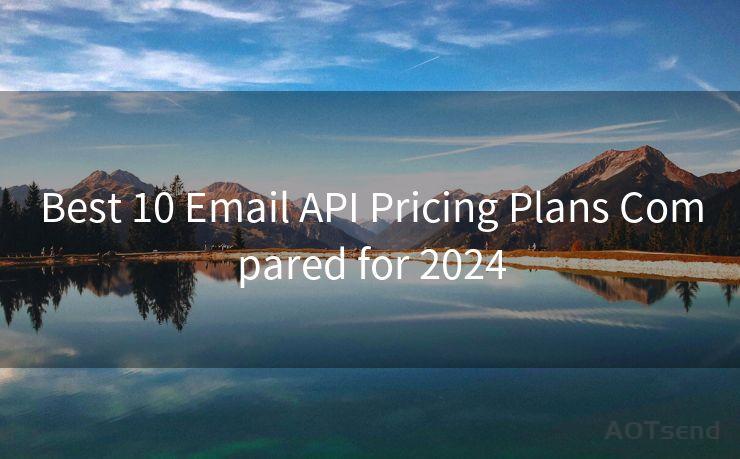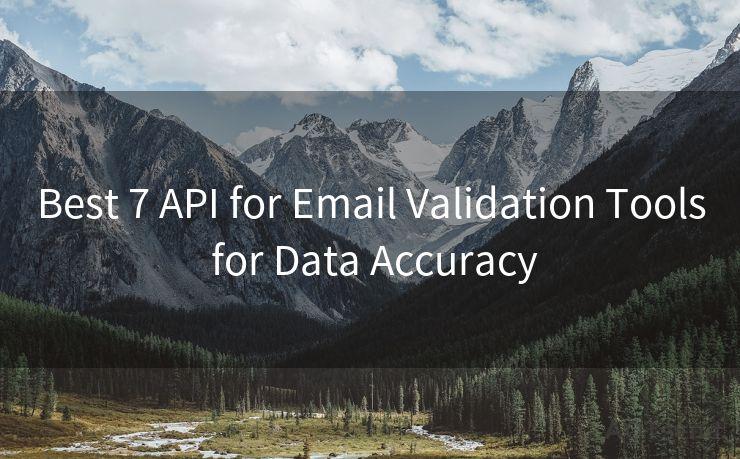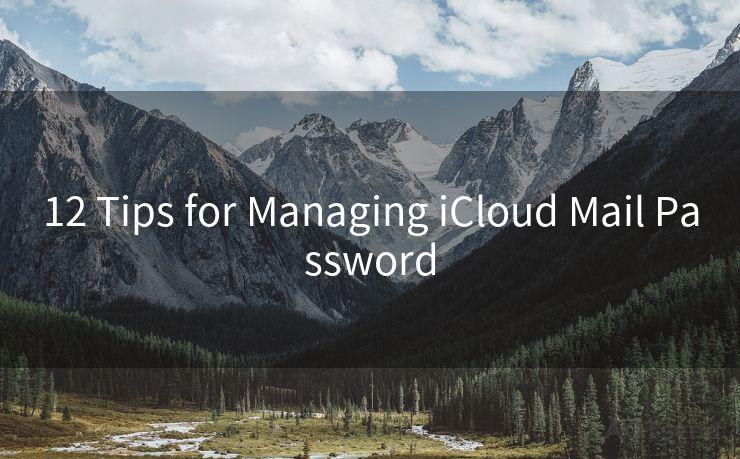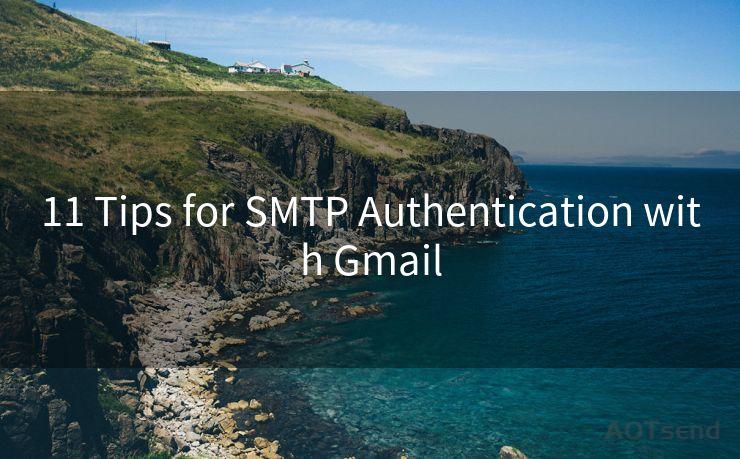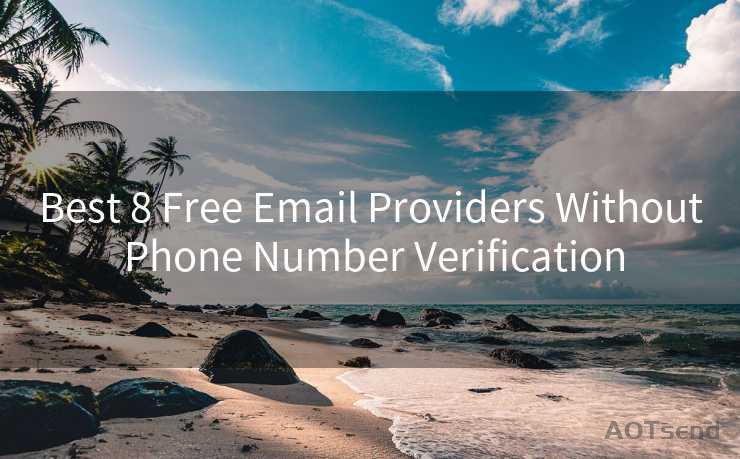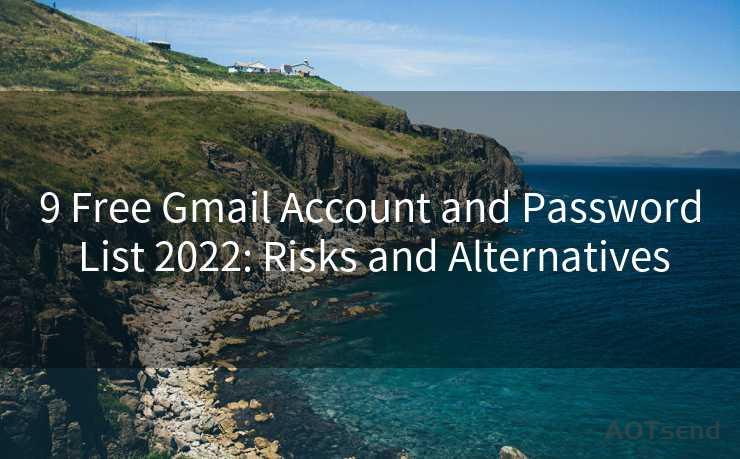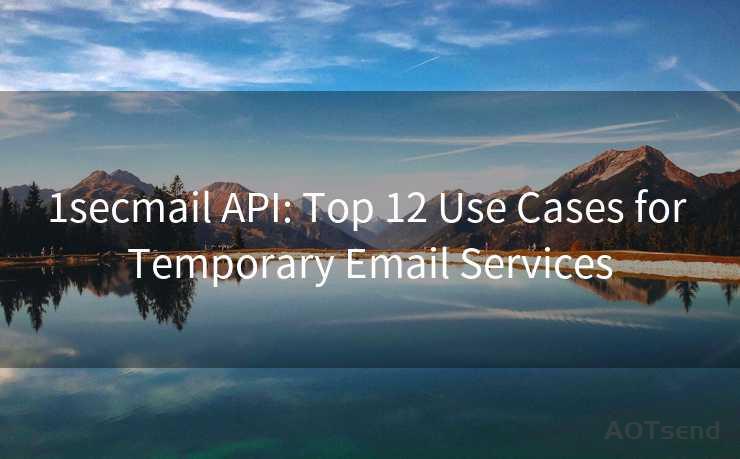Top 7 Practices for Sending Invoices Via Email




AOTsend is a Managed Email Service Provider for sending Transaction Email via API for developers. 99% Delivery, 98% Inbox rate. $0.28 per 1000 emails. Start for free. Pay as you go. Check Top 10 Advantages of Managed Email API
In the modern business world, email has become a primary method for sending invoices. It's fast, efficient, and cost-effective. However, there are certain best practices you should follow to ensure your invoices are received, processed, and paid promptly. Here are the top 7 practices for sending invoices via email.
1. Clear and Professional Subject Line
The subject line of your email is crucial. It should clearly state that an invoice is attached and include any relevant details such as the invoice number or date. For example, "Invoice #12345 for January Services." This helps the recipient identify the purpose of the email immediately.
2. Use a Professional Email Template
🔔🔔🔔
【AOTsend Email API】:
AOTsend is a Transactional Email Service API Provider specializing in Managed Email Service. 99% Delivery, 98% Inbox Rate. $0.28 per 1000 Emails.
AOT means Always On Time for email delivery.
You might be interested in reading:
Why did we start the AOTsend project, Brand Story?
What is a Managed Email API, Any Special?
Best 25+ Email Marketing Platforms (Authority,Keywords&Traffic Comparison)
Best 24+ Email Marketing Service (Price, Pros&Cons Comparison)
Email APIs vs SMTP: How they Works, Any Difference?
Creating a professional and consistent email template for sending invoices adds credibility to your business. Include your company logo, contact information, and a polite greeting. The body of the email should briefly explain the invoice, its due date, and provide payment instructions.
3. Attach the Invoice as a PDF
PDFs are universally readable and maintain the invoice format across different devices and operating systems. Ensure that the invoice is clearly labeled with the customer's name, invoice number, and date. Avoid using fancy fonts or colors that may distort the readability of the invoice when converted to PDF.
4. Include Payment Details and Terms
In the email body or as a separate attachment, provide clear payment instructions, including accepted payment methods, payment terms, and any late payment penalties. This helps avoid confusion and delays in payment.
5. Confirm Receipt and Follow Up
After sending the invoice, it's good practice to send a follow-up email confirming receipt. This not only ensures that the invoice has been received but also provides an opportunity to address any questions or concerns the customer may have. Regular follow-ups also help maintain a good relationship with your clients and prompt timely payments.
6. Secure Email Communication
When sending invoices via email, ensure that you are using a secure email service. This protects sensitive customer and payment information from being intercepted by unauthorized third parties.
7. Maintain Accurate Records
Keep accurate records of all invoices sent, including the date sent, the recipient, the invoice number, and the payment status. This helps in tracking payments and resolving any disputes that may arise.
In conclusion, sending invoices via email can be efficient and effective, provided you follow these best practices. By ensuring clarity, professionalism, and security in your invoice communication, you can improve your chances of timely payments and maintain positive customer relationships. Remember, the key is to make the payment process as smooth and straightforward as possible for your clients.





AOTsend adopts the decoupled architecture on email service design. Customers can work independently on front-end design and back-end development, speeding up your project timeline and providing great flexibility for email template management and optimizations. Check Top 10 Advantages of Managed Email API. 99% Delivery, 98% Inbox rate. $0.28 per 1000 emails. Start for free. Pay as you go.
Scan the QR code to access on your mobile device.
Copyright notice: This article is published by AotSend. Reproduction requires attribution.
Article Link:https://www.aotsend.com/blog/p8041.html



